Old House Lovers Will Drool Over These Vintage Architecture Trade Catalogs
There’s an abundant amount of information online for the historic house lover. But when looking to understand just what kind of fixtures and finishes might have been popular at a particular point in time, there’s nothing quite as exciting as dipping into contemporary trade catalogs.

There’s an abundant amount of information online for the historic house lover. But when looking to understand just what kind of fixtures and finishes might have been popular at a particular point in time, there’s nothing quite as exciting as dipping into vintage trade catalogs.
Pick an era and you can find out what linoleum patterns were on the market, what paint colors were trending and whether that doorknob is right for the style of your house.
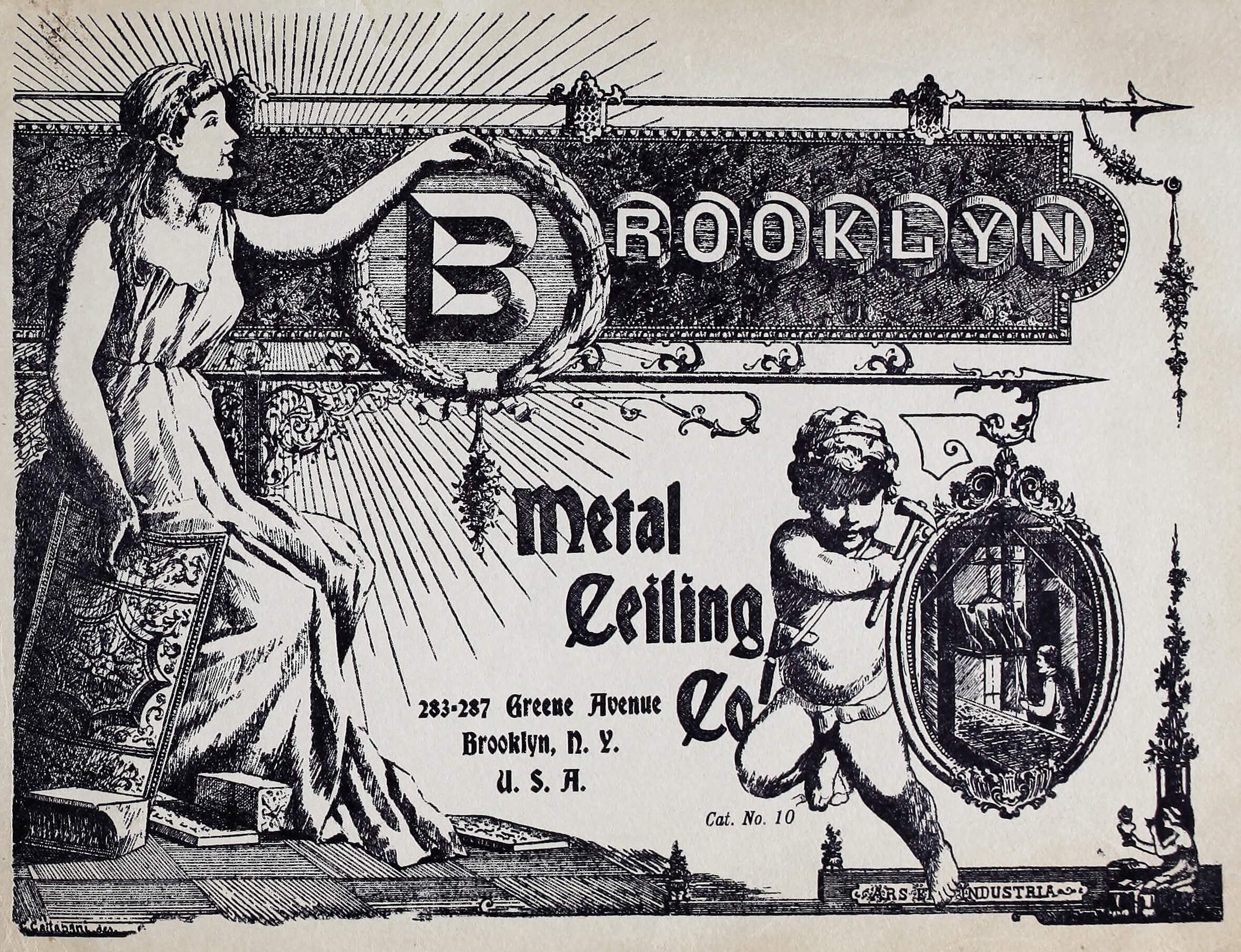
There are quite a number of them available via Archive.org, but they can be a bit overwhelming to find. A handy collection to peruse is the Building Technology Heritage Library, a project of the Association for Preservation Technology. The collection of pre-1964 architectural volumes from the U.S. and Canada focuses on trade catalogs, house plans and building guides. The online collection holds more than 9,000 volumes, with the oldest dating to 1784.
You can search within the collection, so if you want to narrow down your focus you can type in a search word like “lighting” and come up with everything from residential fixtures from 1920 to the latest in fluorescent technology from 1950.
Here are some Brooklyn highlights from the collection:
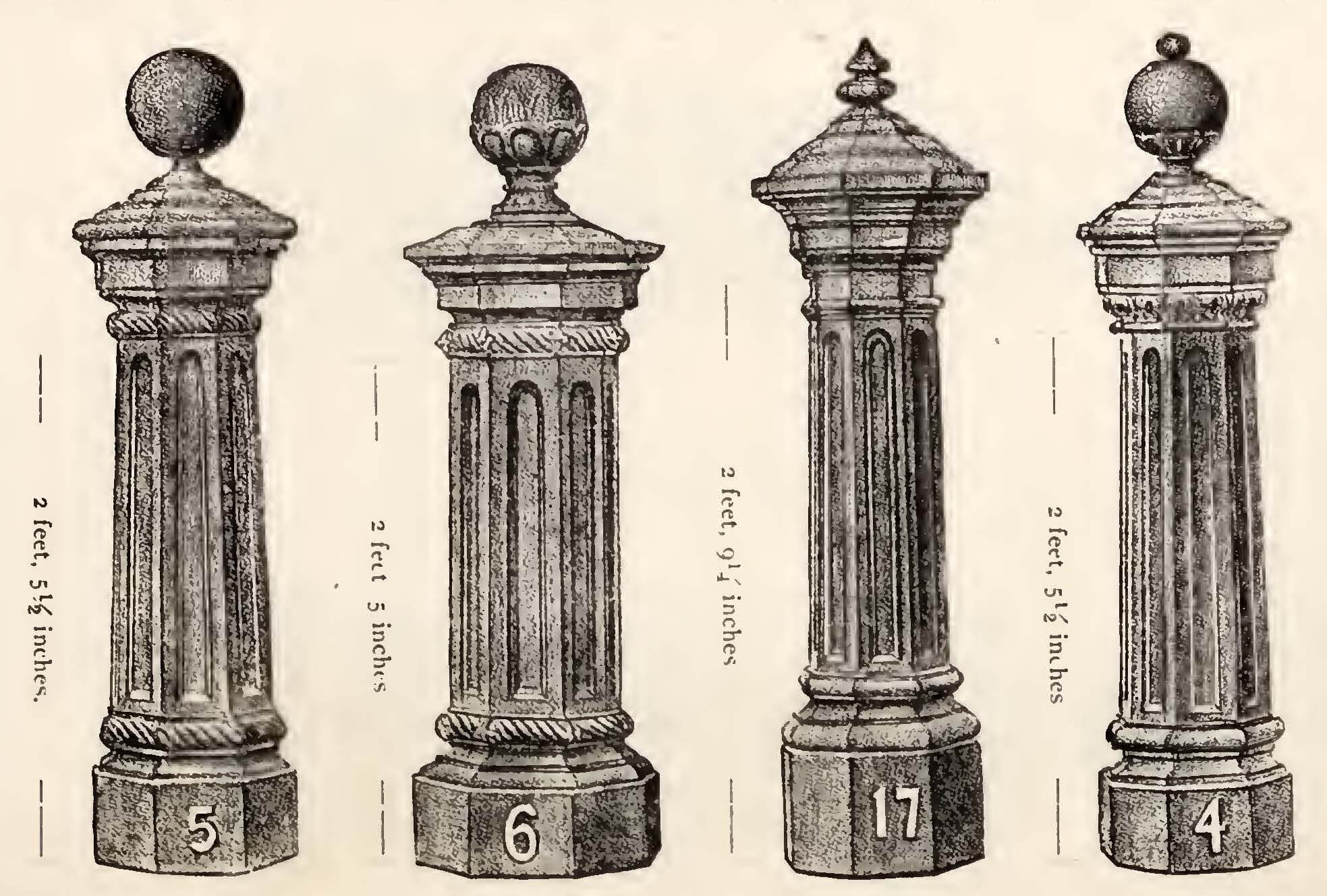
Illustrated Catalogue of All the Latest Designs of Stoop Rails, Ballusters, Newels . . .
J.S.& G.F. Simpson North Brooklyn Iron Foundry and Railing Works, 1886
This Williamsburg foundry offered up more than 100 pages of cresting, railing, newel posts and stoop gates with which to adorn an 1880s row house. The fairly detailed images should help if you are curious about the model number your own Brooklyn house might be sporting.
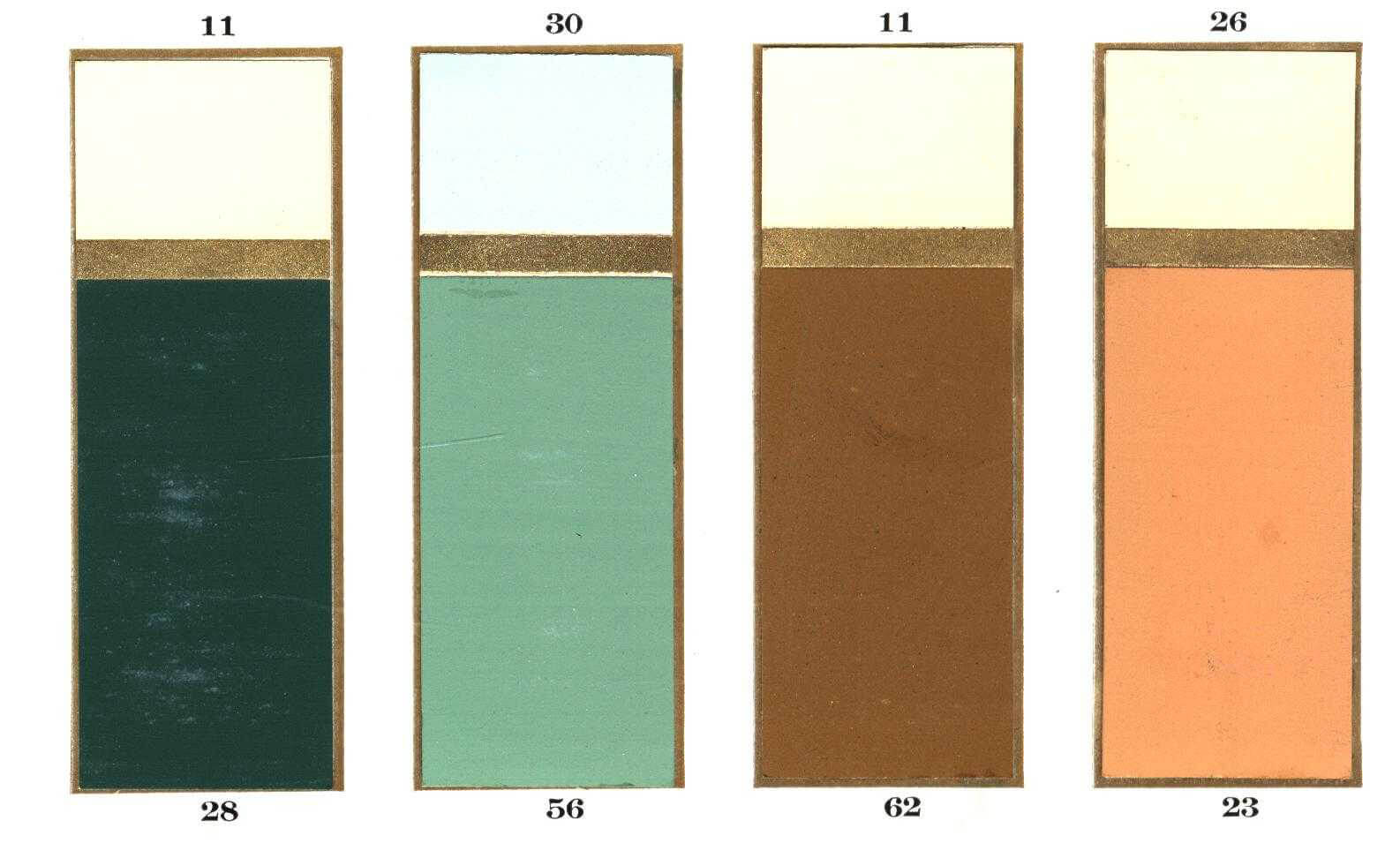
Nature’s Harmony, Keystona Flat Finish
Keystone Varnish Company, 1913
Wondering what paint colors would have been on trend for the interiors of your early 20th century townhouse? This booklet offers suggestions for almost every room in the house in a product they claim “goes on like paint, looks like wallpaper.” The advertising pitch for the products of the Red Hook-based company also assures prospective painters that the linseed oil paint is “more useful, more healthful and sanitary” than other wall coverings.
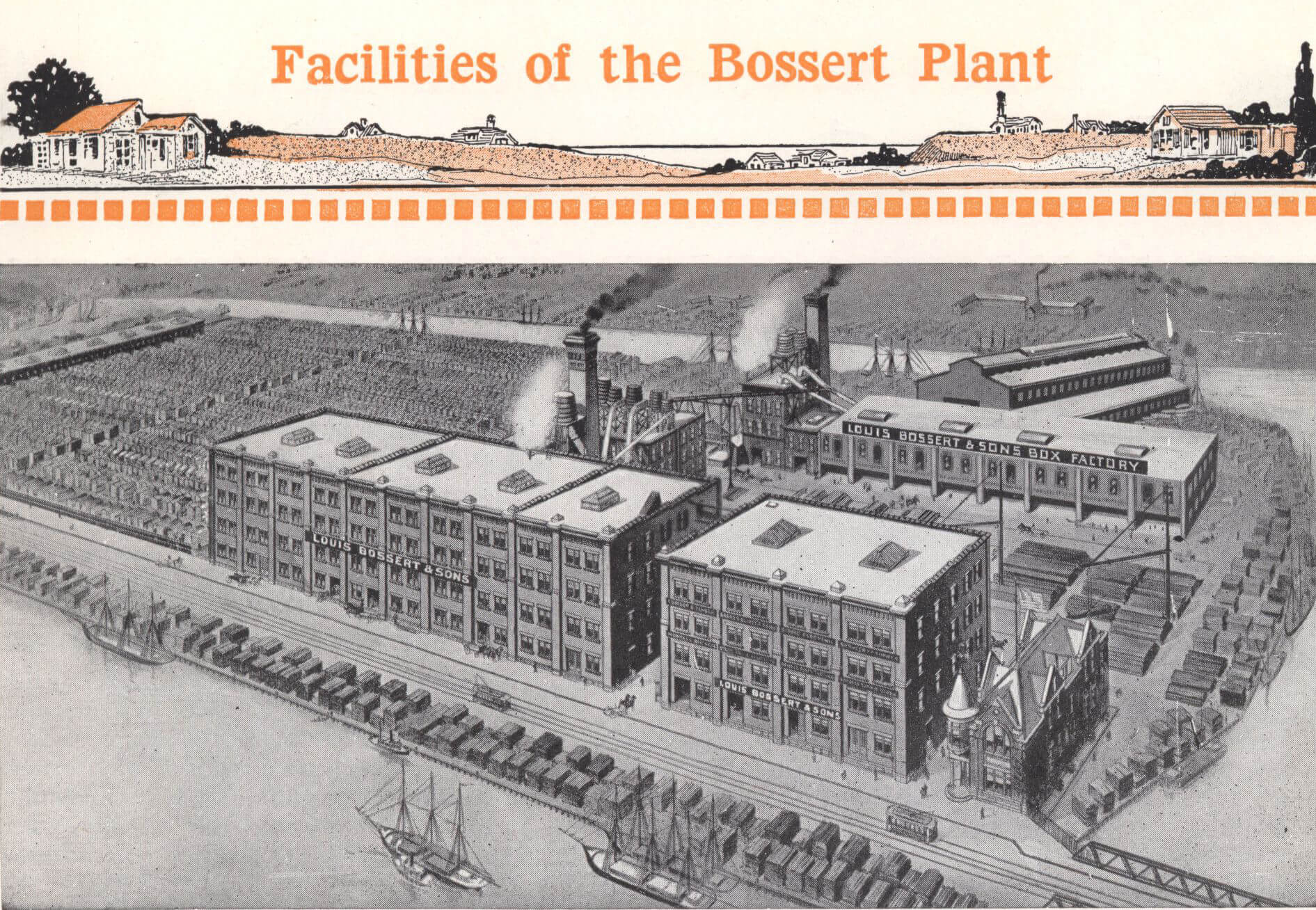
Bossert Houses
Louis Bossert & Sons, 1922
Louis Bossert was a big deal in Brooklyn building, a lumber magnate of the 19th century and, of course, the man behind the Hotel Bossert. His lumberyard along the Newtown creek provided supplies for building projects in Manhattan, Brooklyn and Queens. His son took over the business in the early 20th century and started dealing in pre-fabricated houses. This catalog has great images of the factory as well as plans for some of the house models being pitched in 1922. Would you choose “Flushing Homestead” or “The Ridgewood”?
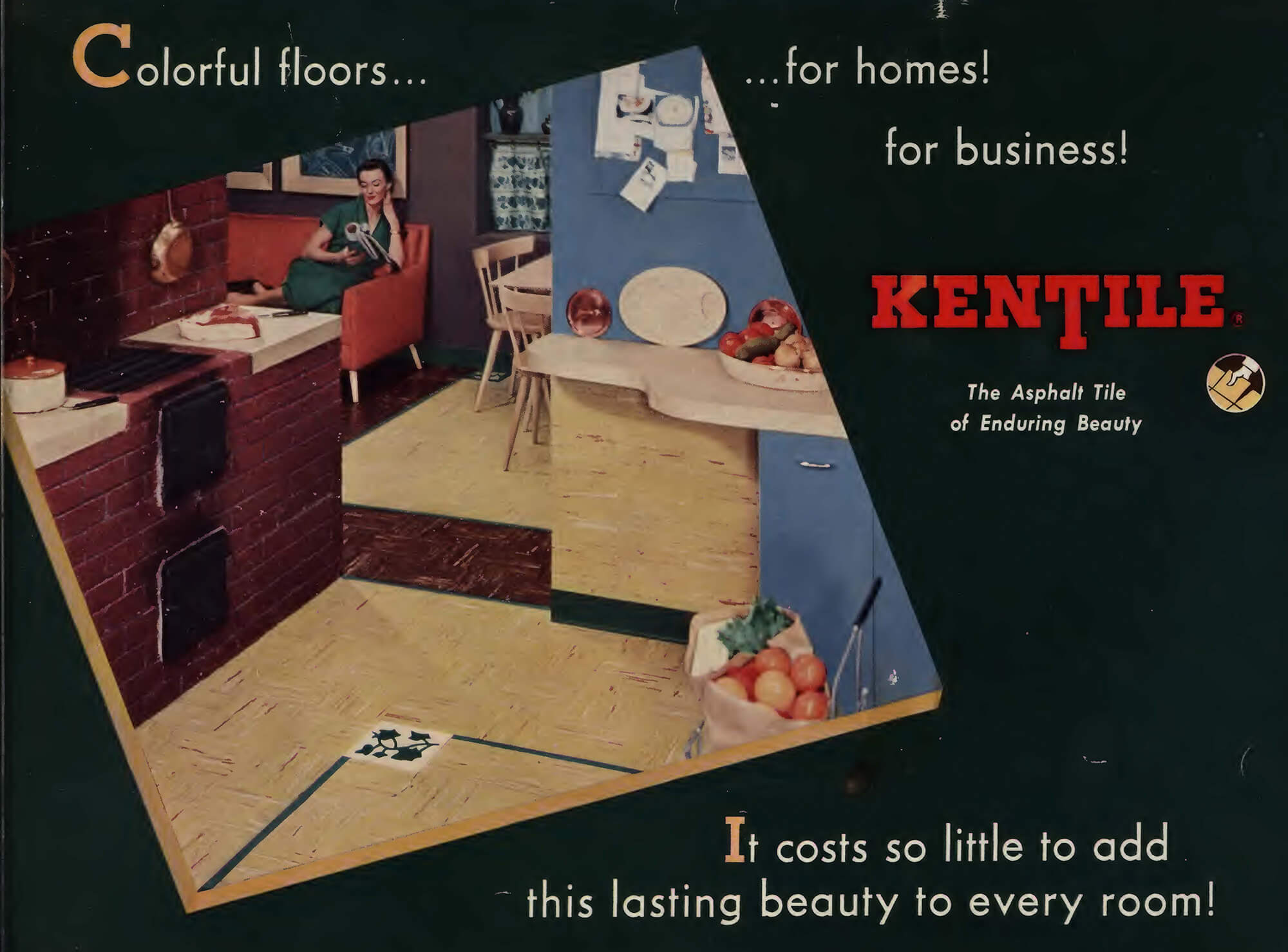
Colorful Floors for Homes! For Business!
Kentile, Inc., 1952
Looking to re-create a 1950s rumpus room? While the Kentile Floors sign may still be down, you can relive the glory of the company’s mid century color and pattern options. As the brochure promises, “Your Kentile house is easier to clean!”
Related Stories
- Old-Timey Magazine Told Brooklyn Victorians Where to Get the Latest in Building Bling
- See What Your Home Once Looked Like With Newly Digitized 1940s Tax Photos
- Time Travel to Civil War Brooklyn and Beyond via the BAM Online Archive
Email tips@brownstoner.com with further comments, questions or tips. Follow Brownstoner on Twitter and Instagram, and like us on Facebook.

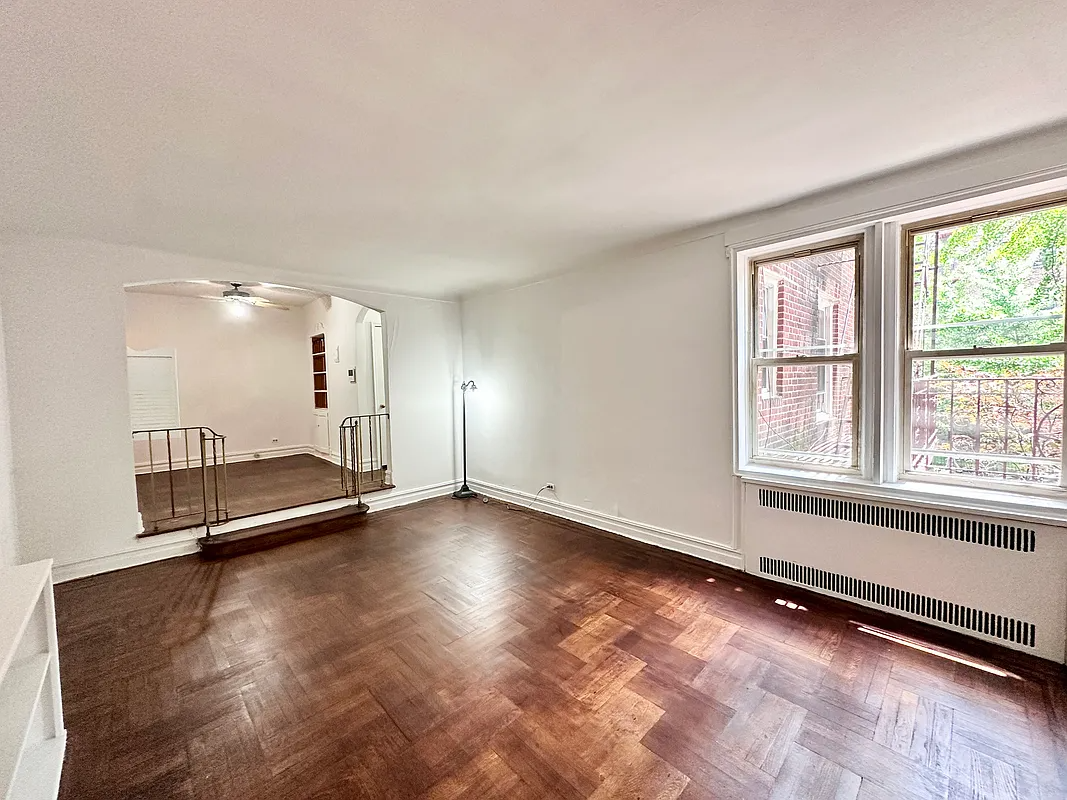



What's Your Take? Leave a Comment